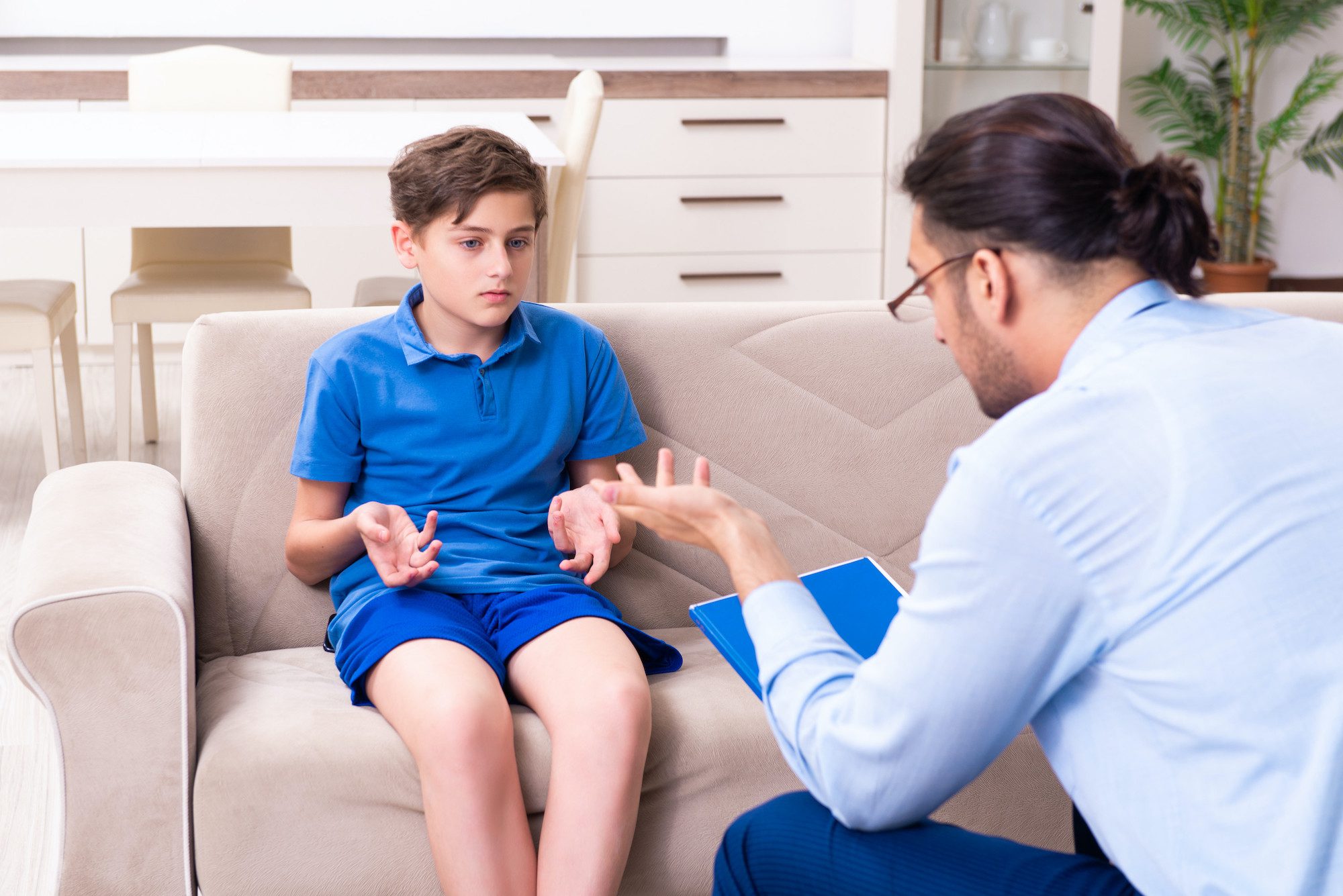CBT Snapshot: Using Cognitive Behavior Therapy for ADHD

Posted in: Grade School, Parenting Concerns
Topics: Learning + Attention Issues
Cognitive Behavioral Therapy (CBT) is an evidence-based kind of talk therapy that can help those struggling with mental health challenges. In this series, Dr. Ellen Braaten gives a glimpse of how CBT can be used to treat a range of mental and behavioral health disorders, including CBT for ADHD.
***
Matt was a 10-year-old boy who, according to his mom, had been “hyper since he was born!” Matt was diagnosed with ADHD at age five, and while medication had improved his symptoms somewhat, he still experienced discipline problems at home and at school, struggled to complete his schoolwork, and had difficulty making and maintaining friends. His symptoms were classic in that he had difficulty concentrating, struggled to complete long or complex tasks, couldn’t easily move from one task to another, had trouble following through on directions, and was always the “slowest one done” when asked to complete assigned work.
As an aide to medication, Matt completed a course of CBT treatment for ADHD. His therapy included:
- Learning skills and steps that could guide him when completing a task or when in the midst of a complex social situation. For example, Matt was taught to “take a breath” or “step back” before reacting. He was also taught to consider alternative reactions to situations – rather than getting angry because he couldn’t complete tasks, Matt learned how to “use words” to convey his frustration, which made him less likely to act in inappropriate, aggressive ways.
- Learning calming techniques that helped him reduce her anger and frustration. One of these techniques included taking a break in the corner of the classroom, while another allowed him to ask permission to take a walk to the front office so that he could “cool off” when he felt his behavior escalating.
- Helping his parents and teachers learn ways of giving him feedback that rewarded his positive behaviors and corrected inappropriate behaviors.
- Study skills training and organizational help, such as learning how to take better notes and keep a calendar.
Matt’s behavior improved considerably, but when he started high school he came back to therapy using CBT for ADHD. At this time, the therapist became less of a “teacher” and more of a “collaborator,” emphasizing mutual problem-solving skills. Matt also learned how best to advocate for himself with his teachers and learned additional organizational strategies that helped him better manage the multiple tasks required of a high school student.


 Share
Share Tweet
Tweet





